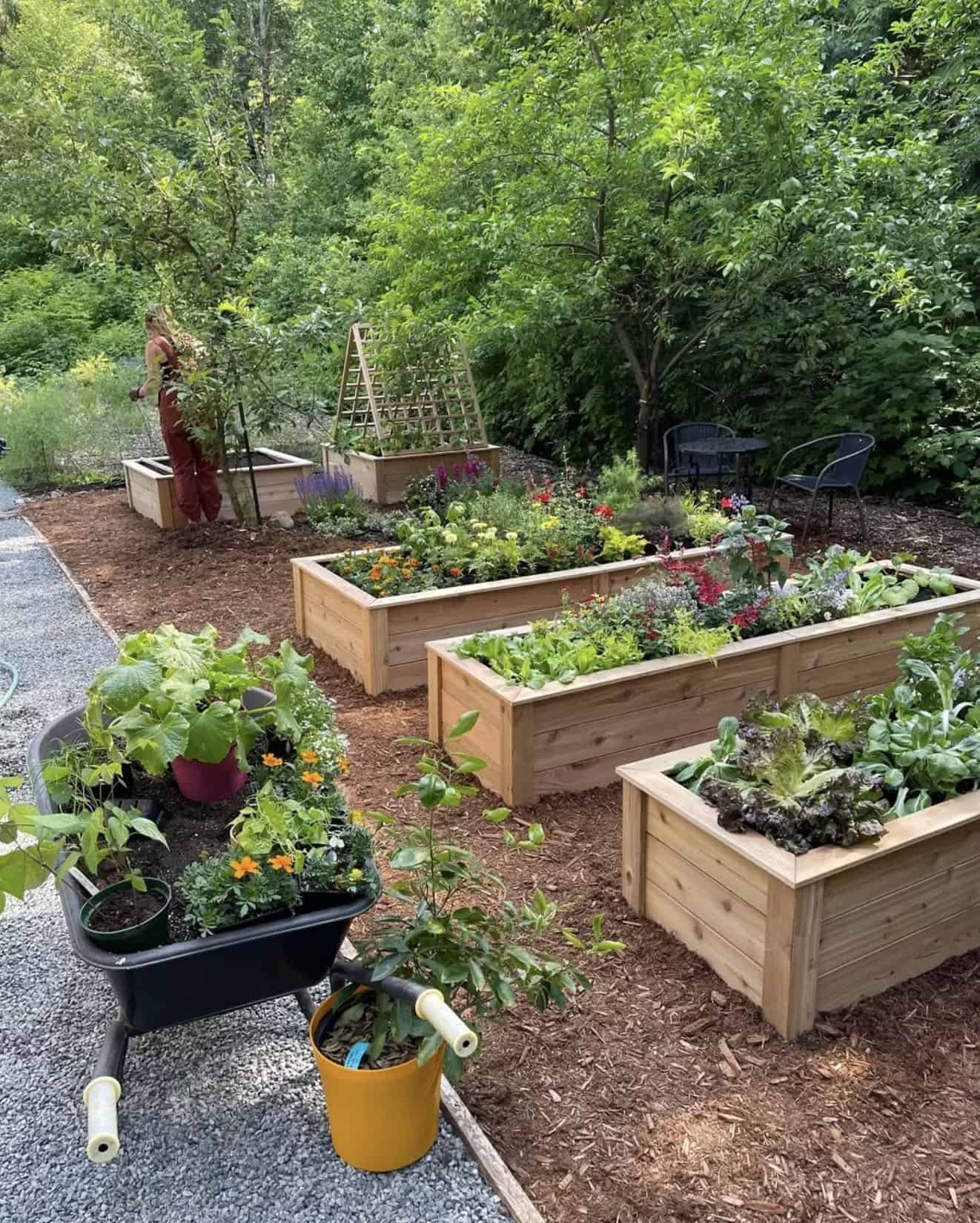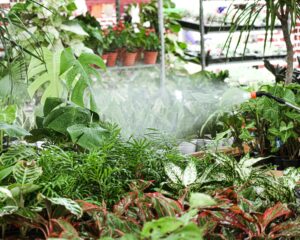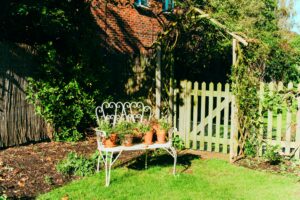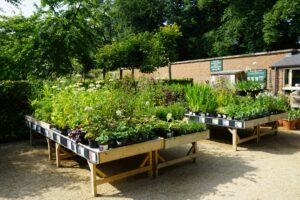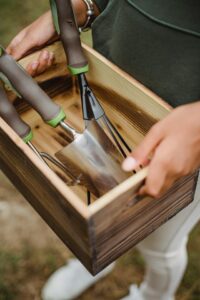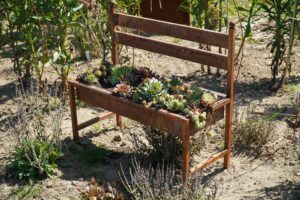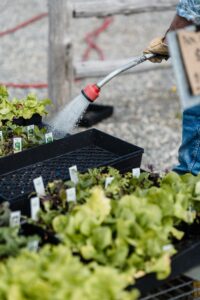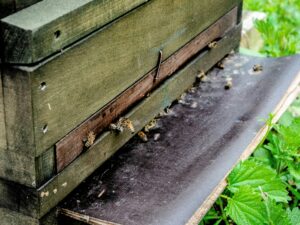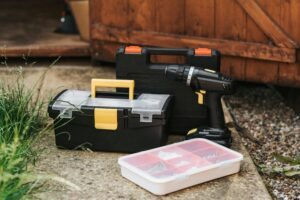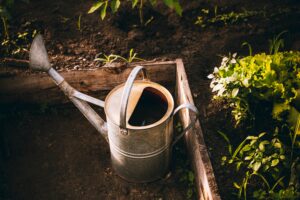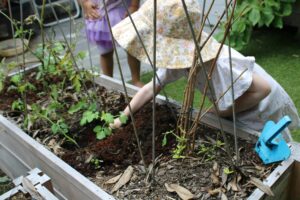Introduction
Do you want an easier, more productive garden but struggle with weeds, poor soil, or back pain? Raised beds offer a solution that addresses almost every common gardening headache. Whether your garden is a city balcony or a country backyard, raised beds can transform your growing experience. This guide explains why raised beds work so well, how they solve common problems, and exactly how to get started for long-term success.
Why Choose Raised Beds?
Superior Soil Control
Traditional gardens often come with built-in challenges: rocky soil, clay that stays soggy, sandy earth, or stubby roots unable to go deep. With raised beds, you skip those problems. You fill the bed with fresh, rich compost and topsoil—perfect for seed sprouts and strong roots. Your plants are off to a great start because you’re not fighting tough native soil.
Better Drainage
Crops need moisture, but too much causes rot and disease. Raised beds lift plant roots above the soggy ground, offering improved drainage. After rain, water drains away quickly, keeping roots safe from drowning and fungus.
Fewer Weeds and Pests
Weeds are a gardener’s constant enemy. In raised beds, if you use weed-free soil and add mulch, weeds rarely take hold. The bed borders also block creeping grass and make stray weeds easy to spot and pull. For animal pests, add mesh or wire at the bottom—many rodents won’t bother to climb in.
Ergonomic and Attractive
Raised beds bring your growing area closer to waist height, so you bend less. This helps anyone with knee or back pain, or those who just want a more comfortable gardening experience. The tidy, contained beds also make your garden look neat and organized.
Planning Your Raised Bed
Choosing a Location
Most vegetables need at least 6 hours of sun each day. Choose a sunny spot, away from overhanging trees and with easy access to water. On patios, courtyards, or rooftops, any spot with good light can host a raised bed.
Picking the Right Size
Popular beginner sizes are 4×4 feet or 4×8 feet. Beds wider than 4 feet make it hard to reach the middle. A depth of 8–12 inches is fine for most crops; go deeper (18–24 inches) for carrots, potatoes, or deep-rooted vegetables.
Selecting Materials
– Wood: Cedar and redwood last longest, but pine works if you avoid chemical treatment.
– Metal: Galvanized steel is long-lasting and attractive.
– Blocks/Bricks: Stone or concrete blocks are durable and can be stacked.
– Kits: Many stores sell snap-together or screw-together beds for instant use.
Building and Filling Your Bed
Construction Steps
1 . Lay out the bed in your chosen spot.
2. Level the ground and remove major weeds.
3. Assemble the frame with screws, brackets, or clips as needed.
4. Add a barrier if you have burrowing pests (hardware cloth or mesh stapled to the bottom).
5. Line the base with cardboard or newspaper to suppress weeds and grass.
Best Soil Mix
For healthy, productive plants:
– 50% high-quality topsoil
– 30% compost
– 20% peat moss or coconut coir (for moisture retention)
Mix well for a loose, airy texture. Avoid yard soil if possible—use bagged “raised bed mix” or “garden soil” if needed. Top off with 2–3 inches of organic mulch.
Planting and Growing
Choosing Crops
Raised beds suit almost anything: lettuce, spinach, carrots, tomatoes, cucumbers, peppers, herbs, flowers—even strawberries and dwarf fruit bushes. Focus on crops you’ll use and that suit your climate.
Layout Ideas
– Tall crops (tomatoes, beans) go on the north side so they don’t shade others.
– Rows or blocks: Arrange plants in a grid or rows, spacing for mature sizes.
– Companion planting: Mix lettuce with carrots or basil with tomatoes to maximize space.
Watering and Feeding
Newly seeded beds need daily watering until germination.
After establishment, beds need deep watering 2–3 times per week, depending on weather.
Set up drip irrigation or soaker hoses for convenience and efficiency.
Top-dress with compost every spring, and add fertilizer for heavy-feeding crops.
Solving Common Garden Problems
– Soggy, heavy soil or poor drainage? Use a raised bed filled with fast-draining soil above ground level.
– Constant weeds? Start with clean, weed-free soil, line the bottom with cardboard, and mulch heavily.
– Animals digging up plants? Hardware cloth under the bed and simple fencing around the sides discourage pests.
– Challenging native soil or limited space? Raised beds can go almost anywhere—even paved surfaces or rooftops.
– Physical discomfort? Simply build higher beds or use a tabletop version to reduce bending.
Maintaining Raised Beds
– Replenish mulch each season to suppress weeds and keep the soil moist.
– Remove spent plants and weeds after each crop.
– Rotate crops annually to prevent disease buildup.
– Top up compost before each new planting.
– Check and repair wooden sides yearly.
With each season, your bed’s soil improves and your garden grows more productive.
Tips for Success
– Start small: One or two beds is plenty for your first year.
– Label crops: Use plant tags to keep track of what and where you’re growing.
– Succession plant: When a crop finishes, reseed or plant something new for more harvests.
– Grow what you love: Focus on family favorites for the best payoff.
– Keep a notebook: Track dates, varieties, results, and tips for next year.
Beginner FAQ: Raised Bed Gardening
Q: Do I need any gardening experience to build or maintain a raised bed?
A: Not at all! Raised beds are perfect for beginners. You can start with a simple, small bed and learn as you grow. Most kits have easy instructions, or you can repurpose materials like boards or bricks.
Q: What tools do I need to start a raised bed garden?
A: All you really need is a shovel (for filling the bed), a rake, and maybe a hand trowel. A drill or screwdriver helps if you build a wood bed, but many kits snap together or use simple screws.
Q: Where should I put my raised bed?
A: Choose the sunniest spot possible—at least 6 hours of direct sunlight is best for most vegetables. Make sure you can walk around it easily and get water to it.
Q: What should I fill my raised bed with?
A: Use a mix of topsoil and compost. Many garden centers sell “raised bed mix.” Don’t use soil from your lawn or yard alone—quality, loose soil will make your plants happier.
Q: How often should I water my raised bed?
A: New seeds or seedlings need watering every day or two until established. After that, check your bed a few times a week. Stick your finger an inch into the soil—if it feels dry, water deeply.
Q: Is it OK if there are a few weeds?
A: Yes—a few weeds pop up in any garden! Raised beds usually have fewer weeds. Pull them when they’re small, and try mulch like straw to keep more from growing.
Q: Can I plant seeds or seedlings directly in a raised bed?
A: Yes! You can plant seeds just like in the ground. For fastest results, many gardeners buy young plants (seedlings) at the nursery, but direct seeding works great too.
Q: When should I add fertilizer?
A: If you start with compost-rich soil, you often don’t need extra fertilizer for a while. After a month or so, a little organic fertilizer—sprinkled and watered in—helps most vegetables.
Q: What do I do after harvest?
A: Pull up old plants, remove weeds, and add a layer of compost. You can plant a fall crop, or just let the bed rest until next spring.
Q: Should I cover my raised bed in winter?
A: It helps! Covering beds with mulch, straw, or even a tarp protects the soil and reduces new weeds.
Q: How do I know if my raised bed is doing well?
A: Healthy plants grow green and sturdy. If your plants look weak, yellow, or chewed, check for bugs, water, or fertilize. Gardening is about experimenting—don’t worry if everything doesn’t work the first year!
Final Thoughts
Raised beds make gardening accessible, productive, and enjoyable for anyone, anywhere. They minimize common problems like weeds and poor soil, create an attractive space, and bring home more harvest—even for busy beginners. Start small, keep learning, and enjoy your thriving garden!

